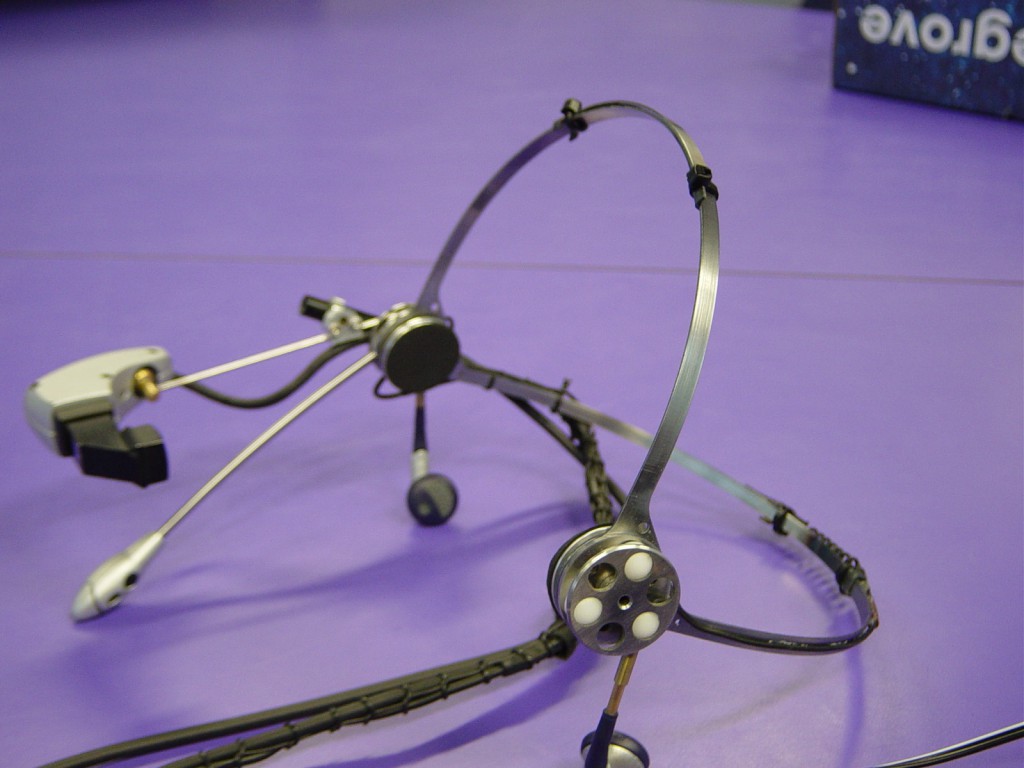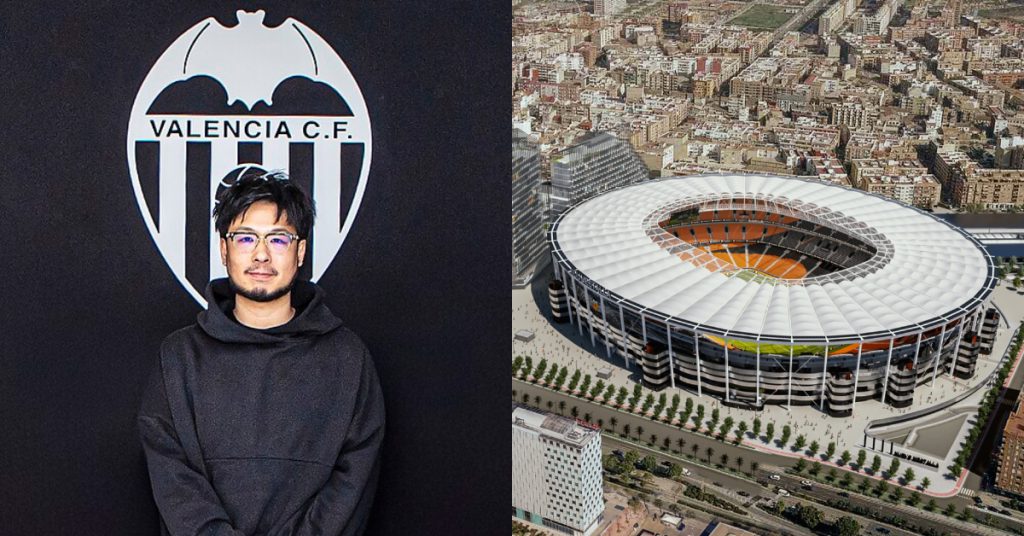British technology company Dyson may be famous for its bladeless fans and cyclone vacuum cleaners, but on its 21st birthday, the brand revealed that it had begun building an augmented reality headset named Halo in 2001.
Google only unveiled its Glass in 2012 to much fanfare and social media skepticism. Nonetheless, the Halo shared several similarities feature-wise with Glass although the gadgets are more than a decade apart. The former is essentially a wearable computer that could be carried in the user’s pocket, also working as a communications device and PC.

Aesthetically, both the Halo and Glass are pretty identical – they could be worn on a user’s head like a pair of glasses. Audio prompts and visual cues could be also used for both devices to overlay information on a consumer’s surroundings. Like Glass, a Halo user would also be able to use audio commands and visual cues as part of the product. The Halo even had a virtual personal assistant like Apple’s Siri!
The Halo project, code-named N066 never made it into the consumer electronics market; the project was put on hold after 3 years of research. However, with a £250 million expansion plan and a new R&D facility opening in early 2016, consumers and industry watchers could expect Dyson producing more unconventional products in the future.
Here are some interesting facts about the Halo that users and fans never knew about:
– On the headset, two plane mirrors reflected the display of two tiny monitors, mounted by your temples, onto a prism. This created an illusion of a projected, translucent, 10-inch display around a metre away from you. The screen even displays applications similar to those you see on your smartphones!

– The prototype has a solid state gyro. What the gyro basically does is it allows virtual objects to be pinned to reality when a user moves his or her head up, down or sideways.
– The headset could be detached from the wearable computer, and the mobile device can be docked into a monitor to become a desktop computer, giving the same effect as plugging a laptop into a TV.

– The device could be controlled by finger tracking and speech recognition. Finger and gesture tracking using the camera could also be used in 2D mode on a flat surface like a laptop track-pad.
– Halo features a full color 3D experience.
Dyson’s Halo may not have materialised in real life but we are Vulcan Post are definitely looking forward to how its engineers may eventually incorporate parts of the research into its existing and future range of products. Smart, audio-powered vacuum cleaners, anyone?














